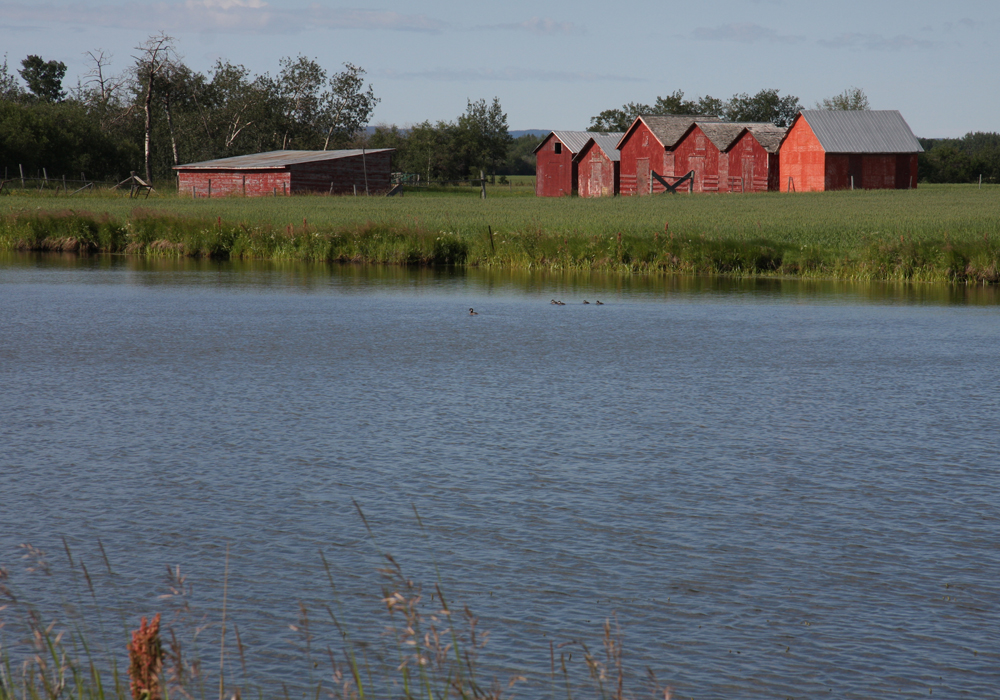BRANDON — Manitoba producers should be learning from Alberta farmers’ mistakes but shouldn’t assume every Alberta clubroot lesson can be applied on the eastern Prairies.
For instance, Manitoba farms mainly become infected with clubroot spread by flowing water between fields, not by machinery.
“It moves in many different ways,” said Canola Council of Canada agronomist Justine Cornelson.
“That’s why scouting in all regions is so important.”
In Alberta, which has suffered great infection and production losses due to clubroot for more than a decade, the main path of infection appears to be from machinery moving from one field to another.
Read Also

Ag In Motion 2025 site hub of activity
day before Ag in Motion preview.
The first and biggest patches tend to be at field entrances, spreading out from there.
But in Manitoba, most infected fields appear to be infiltrated by clubroot through watercourses.
“In the waterways, it’s moving field to field,” said Cornelson.
An exception is in the Swan River Valley, where there are suspicions that equipment from Alberta brought clubroot to the area.
However, the waterway spread means farmers must scout everywhere, rather than only field entrances. Manitoba is beginning to see numerous clubroot problems, mostly in the south-central area, where many farmers practice a once-in-two-years canola rotation.
That’s the farming system that is correlated with the biggest problems in Alberta, around Edmonton, and Alberta canola council agronomist Dan Orchard said Manitoba farmers shouldn’t think they’re not equally vulnerable.
“It’s just arriving,” said Orchard, who flagged the first canola fields to be hit by clubroot in Alberta.
“It’s just getting here. If we don’t manage it we’ll turn Manitoba into an Alberta situation.”
In fact, Manitoba is objectively more susceptible to clubroot.
“Manitoba would be higher risk than anywhere else in the Prairies, because you’re warmer and wetter,” said Orchard, who along with Cornelson spoke at the Manitoba Canola Growers Association meeting during Manitoba Ag Days.
Cornelson agreed.
“In Manitoba, we have the perfect conditions for fungal species to take off,” she said.
“Our northern fringe looks exactly like Alberta. Why aren’t we seeing it in the Dauphin area, Alonsa area, where they’re growing it every second year?”
Some farmers have hoped that Manitoba’s high-pH soils would prevent clubroot from establishing a foothold, but “pH is overcome by environmental conditions,” said Orchard.
Manitoba farmers have probably seen a 10-year lag in clubroot outbreaks because of the better rotations most farmers in Manitoba practice, with at least three different crops and often half a dozen different crops in most farmer rotations. That might be delaying the onset.
“We (in Alberta) can’t grow the soybeans, we can’t grow a lot of the other crops you guys have here,” said Orchard.
“I think that’s saving you so far.”
But clubroot spores are everywhere in Manitoba soils, just at very low levels. With the right conditions and wrong rotations, clubroot could break out and spread fast.
Contact ed.white@producer.com


















